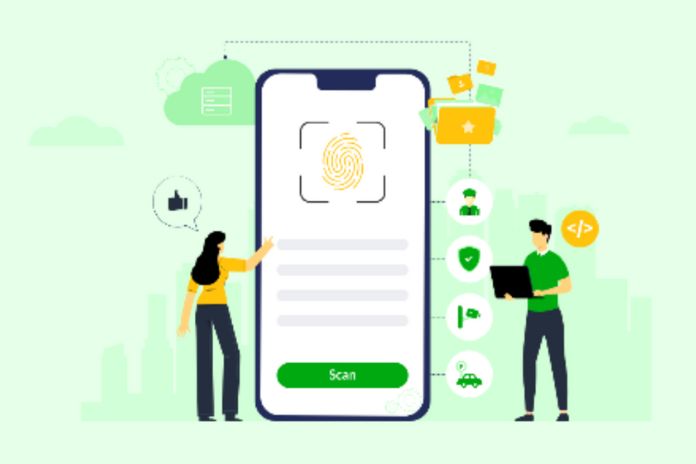User Experience: Faced with a dynamic, competitive, diversified market with a wide range of generations (boomers, X, Y, Z), candidates looking for a new place to work consider and look for something much more comprehensive than just the salary or the possibility of career growth.
In the search for this attraction and retention of talent, companies offer several benefits to stand out in the labor market, such as Education Assistance, Health Assistance, etc.
In the dynamism of the job market today, these benefits no longer translate into talent retention or are synonymous with an excellent place to work.
With the high offer of benefits in companies, offering benefits has become the acceptable minimum or the basis for looking for an excellent job. Now, organizations are focused on updating and spreading culture throughout the company, mainly on quality of life and positive experiences in the work environment.
People between the ages of 25 and 65 will spend 80% of their time working, so to provide a better quality of life through the work environment, it is necessary to ensure a better experience in the daily lives of employees. This positive experience will not only result in talent retention.
This investment is much more significant: better employee experiences promote engagement, involvement, and productivity, significantly improving the company’s financial organization.
The Role Of Access Control In The Workplace Experience
Beforehand it may not seem like it, but access control and security in the company directly reflect on employees’ quality of life. As? Providing physical security, monitoring, and control with positive experiences.
With the startup boom, large companies needed to incorporate the essence of innovation into their culture. For that, they also needed to modify the experience of their employees, giving more freedom (sharpening the sense of creation) and giving a “younger” face to their physical environments.
In addition, following this demand, technologies for access control evolve to an experience in which the user does not have a blockage, such as a door or a turnstile, which presents this impression of “retention.” The new access control systems allow access to be always accessible and only in case of non-permission, generating the blockage, closing physical access, or notifying the Monitoring Center about what happened.
Another everyday movement in organizations is the update of the Dress Code. With the popularization of startup cultures, the Dress Code became less rigid and allowed the employee to wear the most comfortable outfit daily. And then, with all this change, the question arises: is the badge still valid?
Many devices used today already disregard the badge and have started validating inputs and outputs only by biometrics (fingerprint), password, or Bluetooth. Even with some objection arguments, for example: through the photo printed on the card, it is possible to know if you are the person who holds that badge.
But, let’s face it, after printing that badge, how many times have you changed your hair, abolished or included wearing glasses? Does your badge photo represent you today? Another old consideration for using the badge is the visual distinction of the type of person by the card, facilitating the identification of an internal collaborator among external people (visitors, third parties, etc.).
With the expansion of co-working spaces and collaborative work, where diversity, equity, and innovation are more present, this distinction of the person becomes outdated and obsolete. Current technology already allows us to perform quick and easy recognition in real-time through biometrics without using any badge.
Here there is an emphasis on using digital (finger), hand key (validation by hand), face validation, and even the iris. These are examples of access control features that can perform accurate verification of the person. Another technology that helps with badge replacement is the smartphone. Yes, and do you know why? You can’t live without it! When you forget it at home, you’re sure to come back for it, unlike your badge.
We now have two central technology features integrated into mobile apps with smartphones. The first is Bluetooth, where the APP performs all management and access validation, and communication with the hardware is transferred via Bluetooth technology. Another resource is the QR Code, which can be temporarily generated by the APP and used to validate control equipment in the same way as bar-type badges.
Another exciting application for QR Code is the distribution of this credential via Chat Boot. As in the case of Sara (Senior’s Virtual Assistant), which allows integration via WhatsApp. All these technologies bring the essence of access control, combined with innovation and technological security, presenting users with a positive experience in managing access and in the physical safety of all.
Also Read: How Does AI Affect The Future Of Companies?

